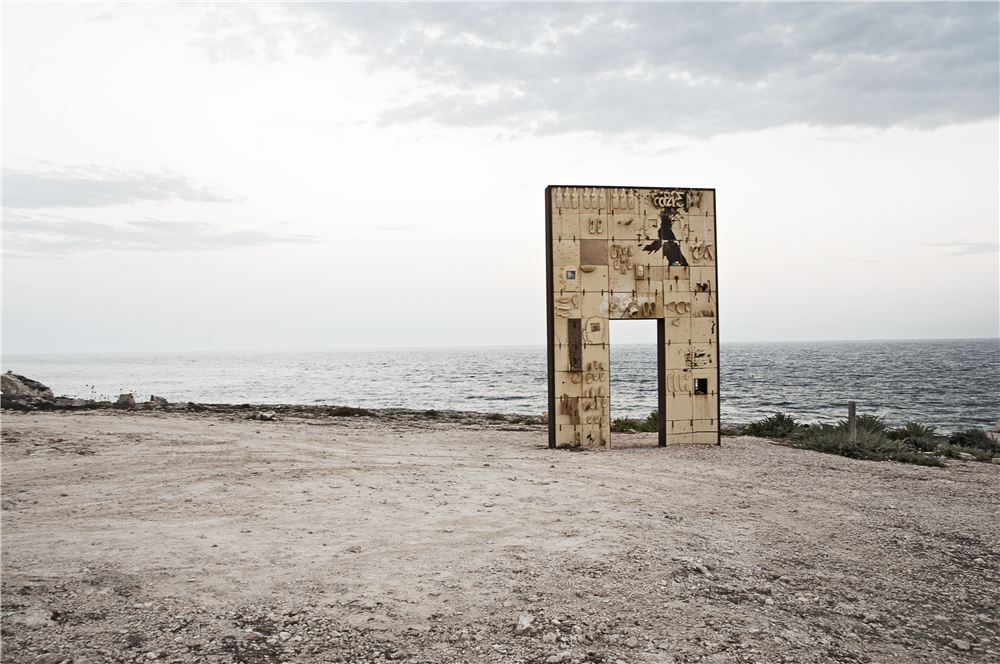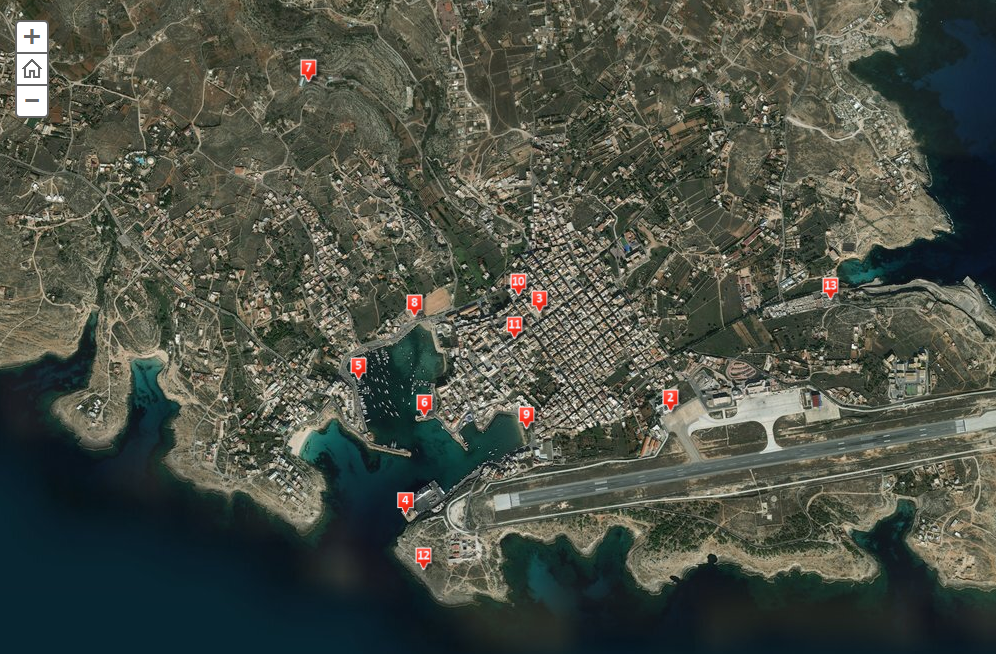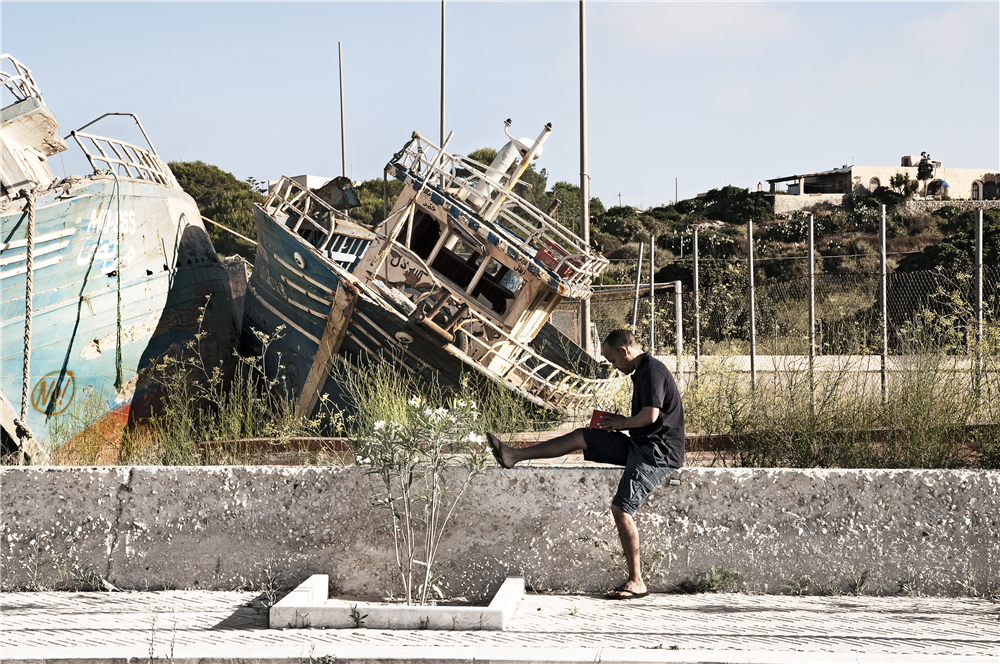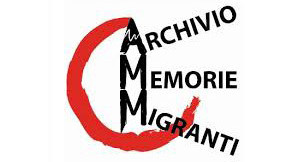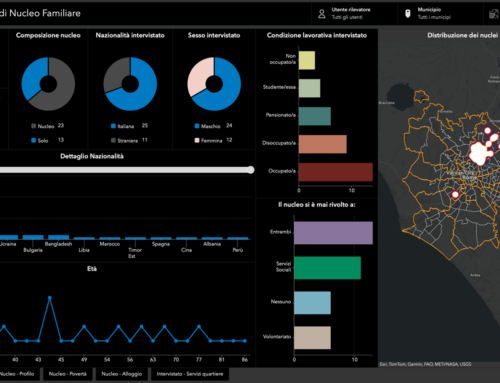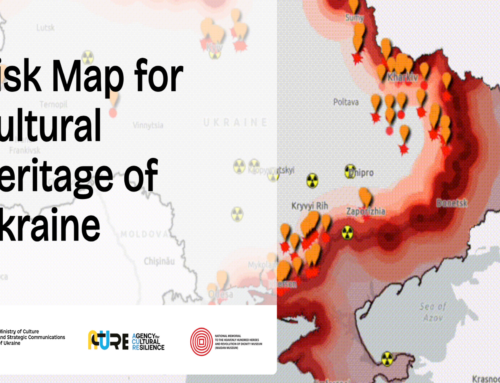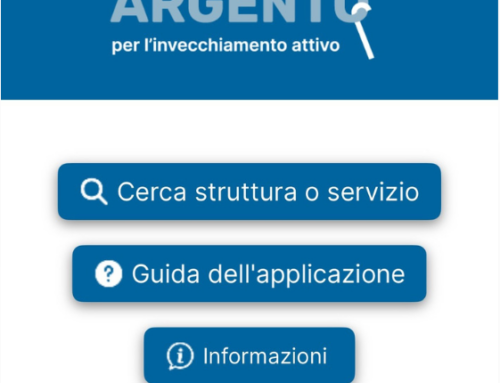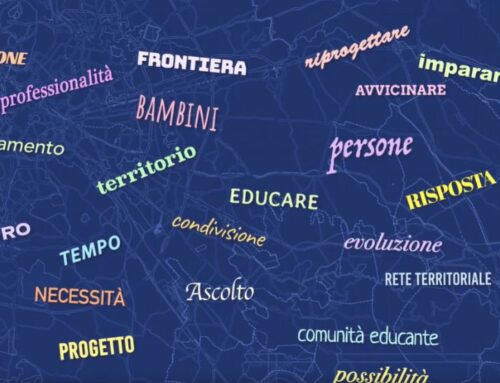A Storymap to give voice to migration stories
Project realized for the Archive of Migrant Memories
The Archive of Migrant Memories was created to tell the migration story and testimonies collected within a school of Italian for migrants. The shared narrative of one’s own traumatic experience flanks a therapeutic experiment initially carried out by a group of volunteers in collaboration with Doctors against Torture.
The collection of stories and narrations began to take shape in 2004. Everything started at Magazzini di Tiburtina, a large space then manned by a few hundred asylum seekers and political refugees from Dar Fur and the regions of the Horn of Africa, then forcefully cleared out by the Municipality of Rome in 2005.
It was there that the idea of preserving the traces, narratives and testimonies of travel and arrival of migrants was defined. Together with what remained of the first autonomous community of reception for migrants in Rome, the first registrations of this rough welcoming reserved to the foreign ‘guests’ of Tiburtina were made, between the clothes and the photographs razed to the ground by the bulldozers.
In the Asinitas school founded on the legacies of this experience, the stories of migrants, expressed uncertainty and with the few words of Italian known, were used in educational activities as a trace of memory, and recognition, of one’s own cultural identity and improvement in knowledge of Italian by foreign migrants residing in Rome and its province.
The work at the Asinitas School in Ostiense street in Rome thus begins the first phase of the Archive carried out together with the educational operators and volunteers with whom the years of training and the first experimentation of projects for the collection and dissemination of audiovisual testimonies are shared. The activities of the School and the Archive are supported at the beginning (2005-2006) by the audiovisual archive of the workers’ and democratic movement with the contribution of Unicredit, and later (2007-2012) by the lettera27 Foundation.
From January 2012, the Archive of Migrant Memories was incorporated into a Social Promotion Association, moving to the headquarters of Gianni Bosio Club, in the House of Memory and History, and developing its own research and production of audio and video materials.
Customer needs – Communicate the story of a migrant differently and with multimedia content
It was necessary to communicate the story of a migrant differently and with multimedia content (images, text and audio). A more engaging way of storytelling than a personal first-person experience. The story mapped and narrated is that of Mahamed Aman, Eritrean cultural mediator who returned to Lampedusa to make a pilgrimage to the places he had known in 2008 as a “clandestine”. His voice recalls and compares the past and the present, accompanying the listener on a traceable itinerary on the island map.
Solution: A Storymap customized by introducing the audio to allow the self-narration of the protagonist
Creation of an engaging StoryMap capable of involving and transferring readers the complexity of the migration, through the sound of the narrating voice of Mahamed, the images and places of arrival in Lampedusa. His narrative voice recalls and compares the past and the present by accompanying the listener on a traceable itinerary on the island map.
This result was possible by customizing the StoryMap Esri Map Tour template with the integration of the protagonist’s audio. It was the first example of cartographic storytelling with the insertion of audio and self-narration using a StoryMap. The solution found led to several awards and to the introduction by Esri of the audio in subsequent versions of the StoryMaps.
Benefits of the Story map
Through the customizations made, the work has been taken as an example in many studies and publications. In addition, it was published in online media, including National Geographic and Corriere della Sera. The StoryMap is now also available in the Esri Living Atlas catalog.
